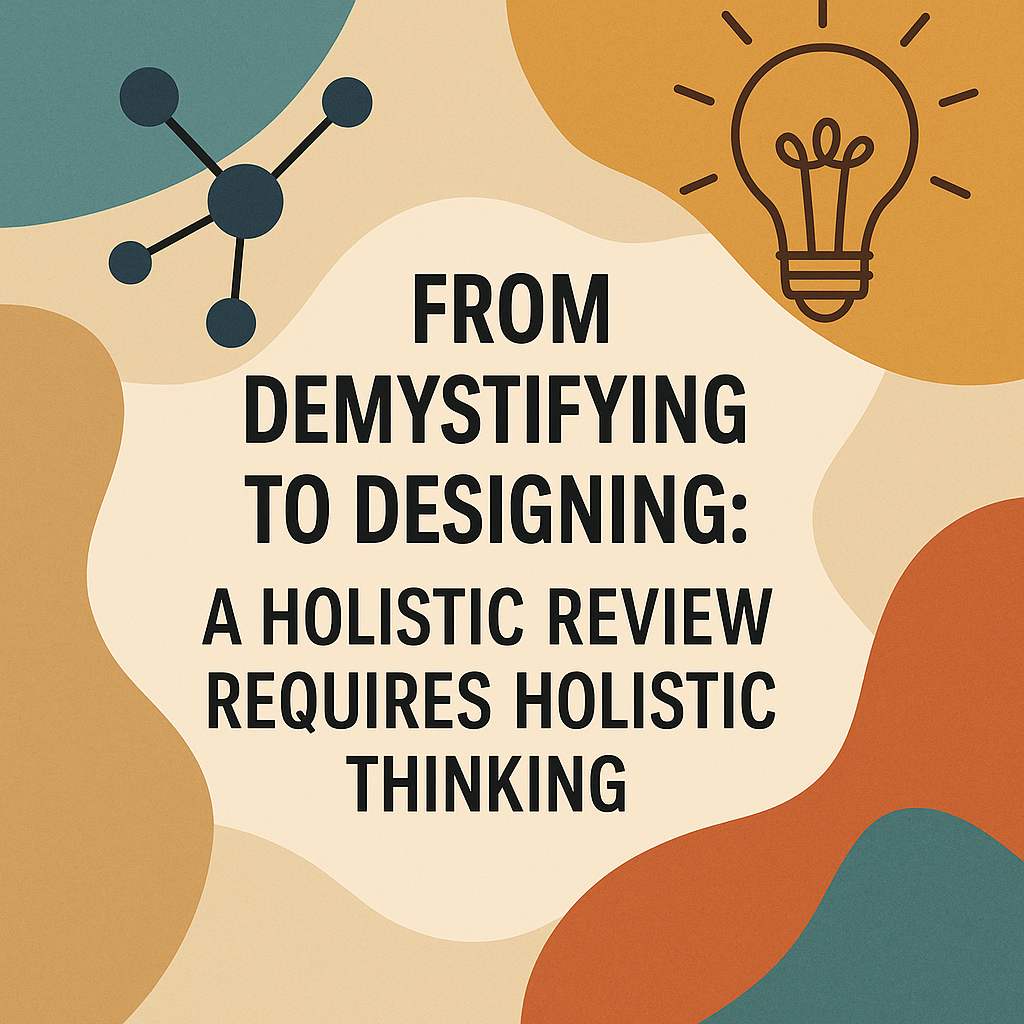How an Imaginary Mr. Beast Can Boost Your Grades, College Admissions, & Money for College
Imagine this: Mr. Beast walks into your math class right now. No cameras, maybe just one briefcase. He announces, ‘Alright everyone, my next challenge is simple. Get 100% on your next test in this class, and I’ll hand you $10,000. Cash. No strings attached.’ What happens next? Let’s be real. The vibe in that room changes instantly. This 'Mr. Beast' mindset can help you see your schoolwork as an investment. Colleges and scholarship organizations offer ‘pay’ in the form of merit aid, reducing tuition costs for high-achieving students. This blog post reveals how to tap into that mindset and leverage your effort into real financial rewards for your education.
How to Turn Academic Resolutions into a Reality
With every new year comes a fresh slate and a wave of resolutions—many of which start strong in January but fade by February. However, the new year also brings a new semester, offering a perfect opportunity to align your academic goals with actionable steps. Here are three strategies you can use to turn your academic resolutions into reality in 2025.
Lessons Learned: Current UGA Students Share Their Best College Admissions Advice
Thanksgiving is a time for reflection, and as high school students gather with loved ones, many might find their thoughts drifting towards the future. With college applications on the horizon, it's easy to feel overwhelmed. To help navigate this exciting but challenging time, we headed to the University of Georgia to gather wisdom from current students.
Here are five standout tips from the UGA students we talked to:
How to Build a College Resume While in High School
Did you know that college admissions officers spend less than 10 minutes reviewing an application? In this competitive landscape, a strong resume is your chance to shine. Learn how to build a resume that showcases your unique talents, experiences, and aspirations – and grabs the attention of college admissions committees.




















